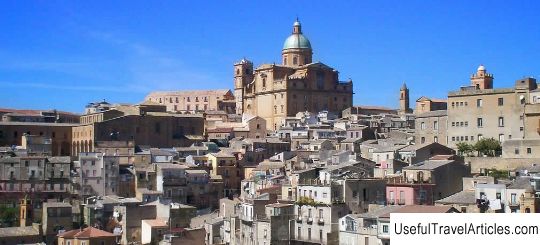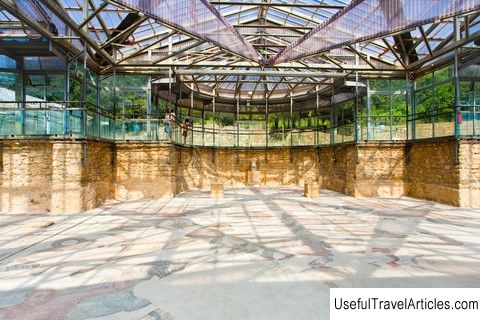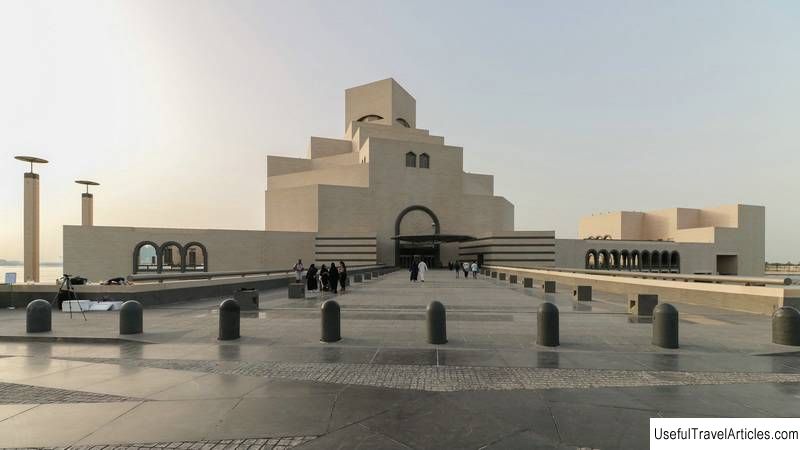Piazza Armerina description and photos - Italy: Sicily Island
Rating: 8,2/10 (589 votes) 
Piazza Armerina description and photos - Italy: Sicily Island. Detailed information about the attraction. Description, photographs and a map showing the nearest significant objects. The title in English is Piazza Armerina. Photo and descriptionPiazza Armerina is a small town in Sicily in the province of Enna, famous for the fact that in its vicinity is located Villa Romana del Casale - a monument of ancient culture with the largest mosaic complex in the world. The town is located on the southern slope of Mount Ereya at an altitude of 800 meters above sea level. Mount Enna rises nearby. The territory of the present Piazza Armerina was inhabited by people in prehistoric times, but a permanent settlement appeared here only in the 11th century - during the rule of the Normans in Sicily. The city, as mentioned above, gained worldwide fame thanks to the ancient Roman Villa del Casale discovered 3 km away with well-preserved graceful mosaics. Thousands of tourists come to see the ruins of the ancient building with its works of art. The medieval history of Piazza Armerina is well traced in its buildings, erected in the Norman and Gothic styles. Among the most interesting sights is the massive Cathedral, built in the 17th and 18th centuries in the Baroque style on the foundations of an older church, from which only the bell tower has survived. The facade of the cathedral is notable for the majestic portal with twisted columns by Leonardo De Luca. Inside there is a Byzantine icon depicting Madonna della Vittoria and an unusual double-sided crucifixion by an unknown artist. Next to the cathedral is the luxurious Palazzo Trigona, the residence of the noble family of the city, at the expense of which the cathedral was built. Another palace - Palazzo di Citta - was built in 1613 and boasts frescoes by Salvatore Martorana. As in other Italian cities, Piazza Armerina is home to many churches, each with its own characteristics. For example, the Fundro church, also named after St. Roch, attracts attention with its carved portal made of volcanic tuff. The interior of the church of San Giovanni Evangelista, dating from the 14th century, is painted with frescoes by Guglielmo Borremans. Other churches worth noting are the 18th century Santa Anna Church, the Church of Saint Martin of Tours, built in 1163, and the Santa Maria di Gesu Church, now abandoned. The Aragonese Castle with square towers, erected at the end of the 14th century, and the Garibaldi Theater deserve special attention. Outside the city stands the ancient Church of Priorato di Sant Andrea, built in 1096 by Count Simon Butera, nephew of King Roger I of Sicily. Every August in Piazza Armerina, a colorful festival of Palio dei Normanni is held - a costume reconstruction of the entry of the Norman ruler Roger I into the city.           We also recommend reading Fortresses of Herceg Novi (Fortresses) description and photos - Montenegro: Herceg Novi Topic: Piazza Armerina description and photos - Italy: Sicily Island. |




